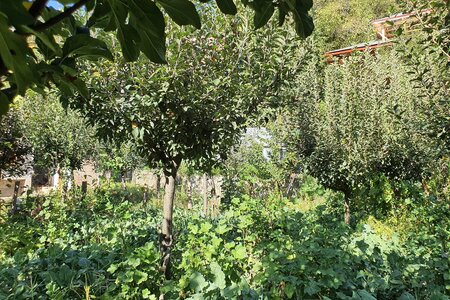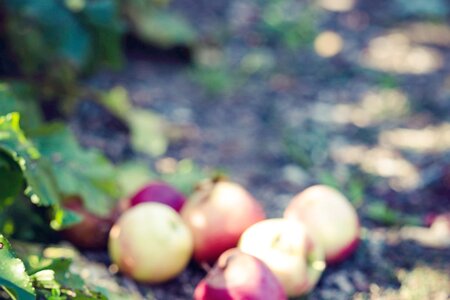A sustainable ecosystem
Food forests efficiently manage water and keep the ground moist even during droughts. They regenerate the soil in a natural way and make it possible to absorb more CO² than traditional agricultural land. They are productive and offer fruits, nuts, shrubs, herbs, and perennial vegetables yields that are immediately useful to us. They require little maintenance. Moreover, forest gardens provide a habitat for insects and animals and are therefore full of life.
We truly hope that you’ll understand the benefits of food forests for us and for our planet.

Biodiversity
The biodiversity and productivity of a food forest are high due to the harmonized layers. Unlike agriculture, a food forest works with multiple layers, making the labor and input eventually negligible. More importantly, a properly designed food forest sustains itself and provides food and shelter to various organisms. The plants do not necessarily have to be edible, even species that attract pollinating insects or birds are given a place.
The size of the food forest itself can vary greatly; from small to hectares large.

Forest gardens are structured as follows:
- Large trees/canopy layer (8 meters high, for example lime, cherry, walnut, and ginkgo)
- Interlayer of smaller trees and shrubs (3 to 8 meters high, for example hazel, cornus decaisnea, or medlar)
- Shrub layer (1 to 3 meters high, for example goji berry, honeyberry, cranberry, grape, apple, or jostaberry)
- Herb layer (20 centimeters to 1 meter high, for example nettle, comfrey, and ferns)
- Ground covers (at the base of the ground, for example strawberries, blackberries, blueberries, creeping strawberry, or cranberry)
- Climbing plants (for example grape, akebia, or kiwi berry)
- Roots and bulbs under the ground.



